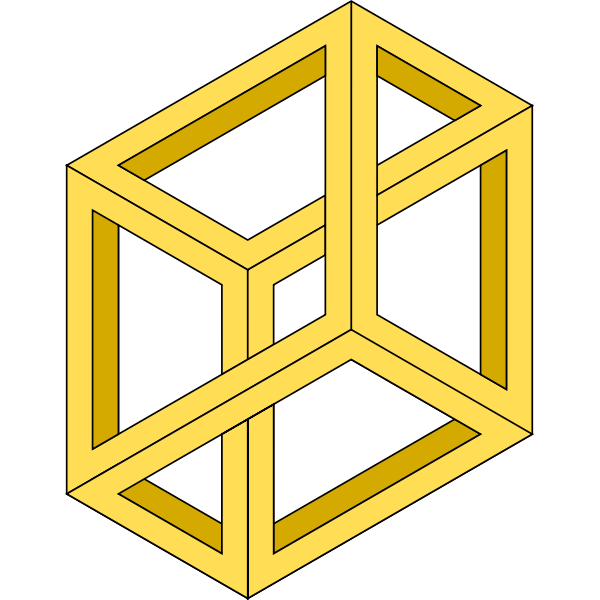

illusion is one of the strongest optical illusions that exists, on average the apparent size difference is 20–25%.

Shepard commented that ‘any knowledge or understanding of the illusion we may gain at the intellectual level remains virtually powerless to diminish the magnitude of the illusion’ (p. The illusion was first presented by the US psychologist Roger N(ewland) Shepard (born 1929) in his book Mind Sights: Original Visual Illusions, Ambiguities, and Other Anomalies (1990, p. Tyler, among others, has done scholarly research on the illusion. Ī variant of the Shepard tabletop illusion was named "Best Illusion of the Year" for 2009. The illusion can also be constructed using identical trapezoids rather than identical parallelograms. Shepard had described an earlier, less-powerful version of the illusion in 1981 as the " parallelogram illusion" ( Perceptual Organization, pp. 297–9). The MIT Encyclopedia of the Cognitive Sciences explains the illusion as an effect of "size and shape constancy subjectively expand the near-far dimension along the line of sight." It classifies Shepard tables as an example of a geometrical illusion, in the category of an "illusion of size." Īccording to Shepard, "any knowledge or understanding of the illusion we may gain at the intellectual level remains virtually powerless to diminish the magnitude of the illusion." Children diagnosed with autism spectrum disorder are less susceptible to the Shepard table illusion than typically developing children but are equally susceptible to the Ebbinghaus illusion. The other "table" looks almost square, because we interpret its shorter dimension as foreshortening. One "table" seems long and narrow, with its longer dimension receding into the distance. When the parallelograms are presented as tabletops, however, we see them as objects in three-dimensional space. This illusion is based on a drawing of two parallelograms, identical aside from a rotation of 90 degrees. To quote A Dictionary of Psychology, the Shepard table illusion makes "a pair of identical parallelograms representing the tops of two tables appear radically different" because our eyes decode them according to rules for three-dimensional objects. Roger Shepard, creator of the Shepard tables illusion


 0 kommentar(er)
0 kommentar(er)
